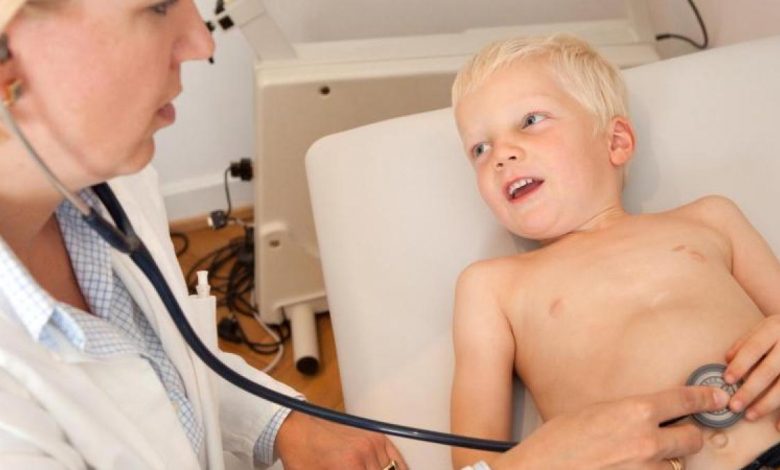
Jordan Daily – Most people have never heard of neuroblastoma, but it is actually the most common type of cancer in infants and a disease that can affect its development and cause long-term disabilities.
What is neuroblastoma?
It is a disease in which malignant (cancerous) cells form in neuroblasts (immature nerve tissue) in the adrenal glands, neck, chest, or spinal cord.
Neuroblastoma often begins in the nerve tissue of the adrenal glands. There are two adrenal glands, one above each kidney in the back of the upper abdomen. The adrenal glands make important hormones that help control heart rate, blood pressure, blood sugar, and the way the body reacts to stress.
Neuroblastoma often begins in infancy. It is usually diagnosed between the first month of life and five years of age. It’s found when a tumor begins to grow and cause signs or symptoms. Sometimes it forms before birth and is found during an ultrasound routine check of the fetus.
By the time the diagnosis is made, neuroblastoma has usually spread to the lymph nodes, bone, bone marrow, liver, and skin in infants and children, and there may also be metastasis to the lungs and brain in adolescents.
What are the symptoms?
Neuroblastoma signs and symptoms include a lump in the abdomen, neck or chest, or bone pain.
The most common signs and symptoms of neuroblastoma result from the tumor pressing on nearby tissues as it grows or because the cancer has spread to the bones. These and other signs and symptoms may be caused by neuroblastoma or other conditions.
Consult a pediatrician if your child has any of the following:
– A bump in the abdomen, neck or chest.
– Bone pain.
– Flatulence and difficulty breathing (in infants).
– Puffy eyes.
– Dark circles around the eyes.
– Painless bluish lumps under the skin (in infants).
– Weakness or paralysis (loss of the ability to move part of the body)
Less common signs and symptoms of neuroblastoma include:
– Fever, shortness of breath, feeling tired.
– Easy bruising or bleeding, petechiae (flat, narrow spots under the skin caused by bleeding), high blood pressure, severe watery diarrhea.
– Horner’s syndrome (ptosis, smaller pupil, less sweating on one side of the face).
– jerky muscle movements
– Uncontrolled eye movements.
Diagnosis:
If the doctor suspects a neuroblastoma, your child may have tests to confirm the diagnosis and rule out other causes. These tests may include simple urine tests, blood tests, imaging studies (such as X-rays, CT scans, MRIs, ultrasounds, and bone scans), and a biopsy of the tumor. Other tests, such as bone marrow aspiration and biopsy, may also be done.
Treatment:
How neuroblastoma is treated depends on factors that determine risk, such as the child’s age, characteristics of the tumor and whether the cancer has spread. Because some cases of neuroblastoma go away on their own without treatment, doctors sometimes resort to “watchful waiting” before trying other treatments. Typical treatments for neuroblastoma include surgery to remove the tumor, radiotherapy, and chemotherapy.
Long-term effects of neuroblastoma that may cause some disabilities, including:
– Learning Problems:
Learning problems can develop in children treated with high doses of chemotherapy. In general, learning disabilities are mild and do not cause any significant impairment.
– Hearing problems:
Some chemotherapy drugs, such as cisplatin and carboplatin, may cause hearing loss when given to very young children. This may lead to other concerns, such as delayed language development.
– Bone and muscle problems:
Children treated with radiation therapy for neuroblastoma have a higher risk of developing bone and muscle problems. Radiation therapy to the spine can limit a child’s development. Radiation therapy to the chest and neck can cause narrow shoulders, a narrow neck, and poor chest growth. The doctor will monitor the child’s height and weight at each follow-up visit. Some children may need synthetic growth hormone replacements if their growth is affected.
Cardiac problems:
Radiation therapy to the chest can have delayed effects on the heart, including scarring of the heart muscle. Some chemotherapy drugs used to treat neuroblastoma, such as doxorubicin, can also affect the heart. Heart problems can include.
The Institute for Family Health a King Hussein Foundation contributed this article to Jordan Daily .
